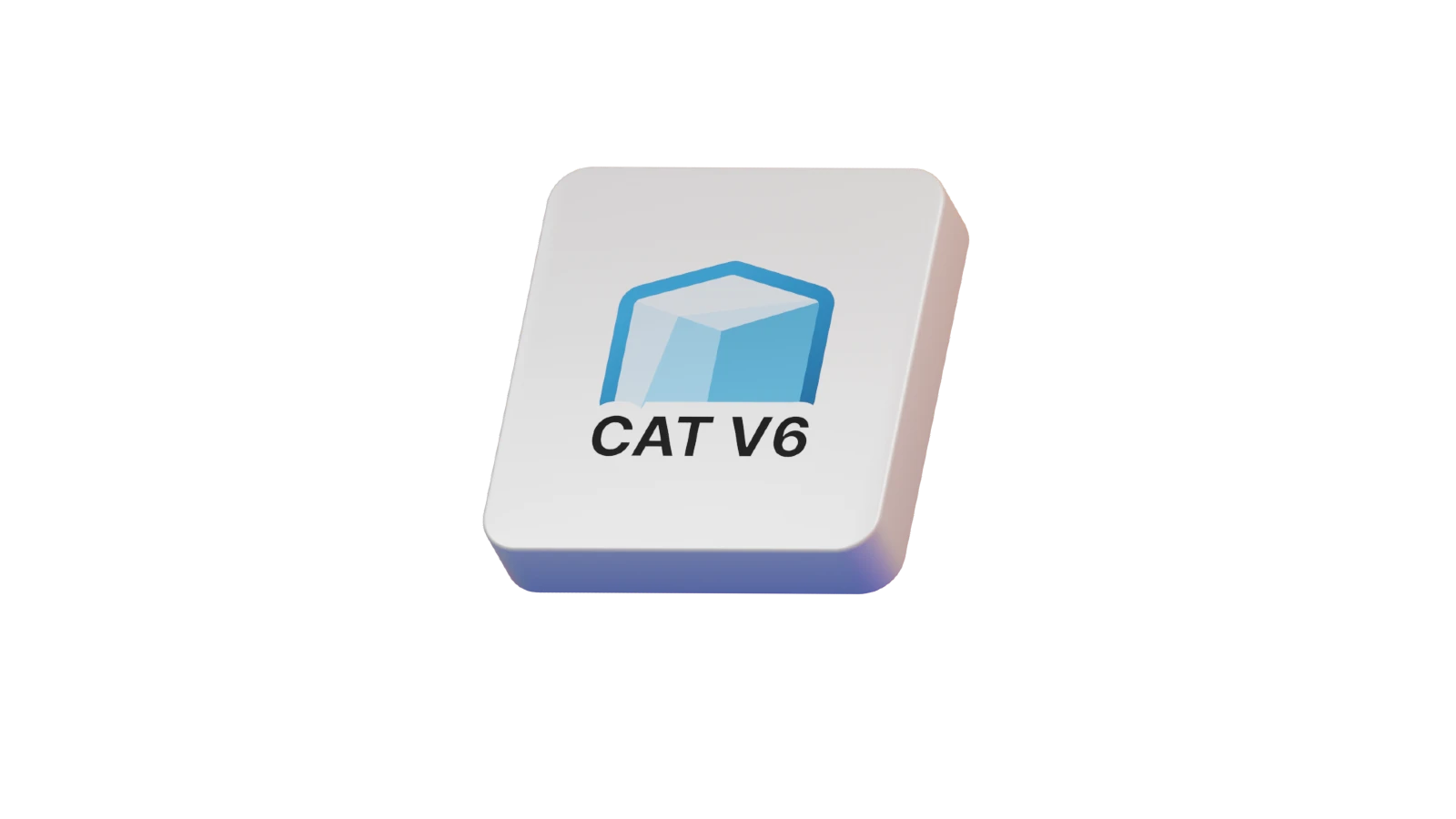Elise, a young company, aims to revolutionize product development through generative engineering, leveraging intelligent algorithms and automation. The current challenges in product development include engineers spending a significant amount of time on repetitive tasks, lack of communication between different software tools, and the need for manual data transfer at interfaces.
The traditional product development process involves linear processing, making it challenging to introduce fundamental changes as the design advances. For instance, if an engineer plans an aluminum part and later needs to explore titanium production, they must start the process anew, leading to inefficiencies.
Generative engineering, as implemented by Elise, addresses these challenges by automating processes and facilitating seamless transitions between development tools. The Elise platform employs algorithmic modeling and automation, making the entire product development process generative. Instead of focusing on individual components, designers define a set of rules for the component at the start of product creation, referred to as the technical DNA.
The technical DNA is a set of rules analogous to nature's programming language found in DNA, governing the growth and development of living organisms. Elise applies this principle to technical product development, using a different programming language to define rules that structure the product. The software calculates using the predefined sequence between components such as technical specifications, topology optimization, FEM simulation, and production.
A crucial aspect of generative engineering is the use of a standardized language for all development tools, enabling seamless data exchange across the entire process chain. Elise employs a graphical programming language that requires no programming knowledge, allowing developers to link function blocks of software modules. This standardized language facilitates automatic data exchange between different areas of the development process.
Elise's platform offers a graphical low-code solution that streamlines the development process. Users can easily integrate their own software into the process, making it adaptable to specific needs. Generative engineering proves most beneficial in the early concept phase, providing automated generation of optimized designs with real-time adaptation to changing conditions.
By automating repetitive tasks and fostering communication between diverse software tools, Elise's generative engineering approach seeks to empower engineers to develop better products in less time. The platform's focus on a standardized language and automation from the concept phase onward positions it as a solution to the challenges posed by traditional linear product development processes.
Read the full article
Would you like to learn more about Generative Engineering? Read the full article in KONSTRUKTIONSPRAXIS (in german) and discover the benefits of this innovative approach.
Discover the benefits yourself – Test Synera's Low-Code platform!
Would you like to experience the benefits of Connected Engineering and our Low-Code Platform firsthand? We invite you to test Synera's Low-Code Platform 14 days for free and discover how you can make your product development more efficient and agile. Experience the future of product development and explore the possibilities that our innovative solution offers. Click here to explore the Synera Low-Code Platform and optimize your development process for your use case today.
Or get a free demo from our CEO Daniel Siegel. Every Tuesday and Thursday he will take you on a guided tour of our synera software. You will discover how to automate your workflow and how to speed up your development process. There will also be a Q&A session where you can ask all your burning questions. Register here for free.





